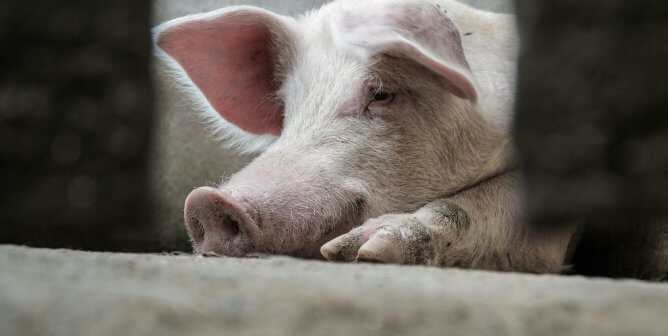Each year, millions of animals are subjected to the unrelenting cruelty of vivisection—experiments on living animals. Instead of groundbreaking or useful data, this practice has yielded unfathomable suffering, a mountainous pile of dead bodies, a huge waste of our tax dollars, and articles that no medical professional worth their salt would refer to.
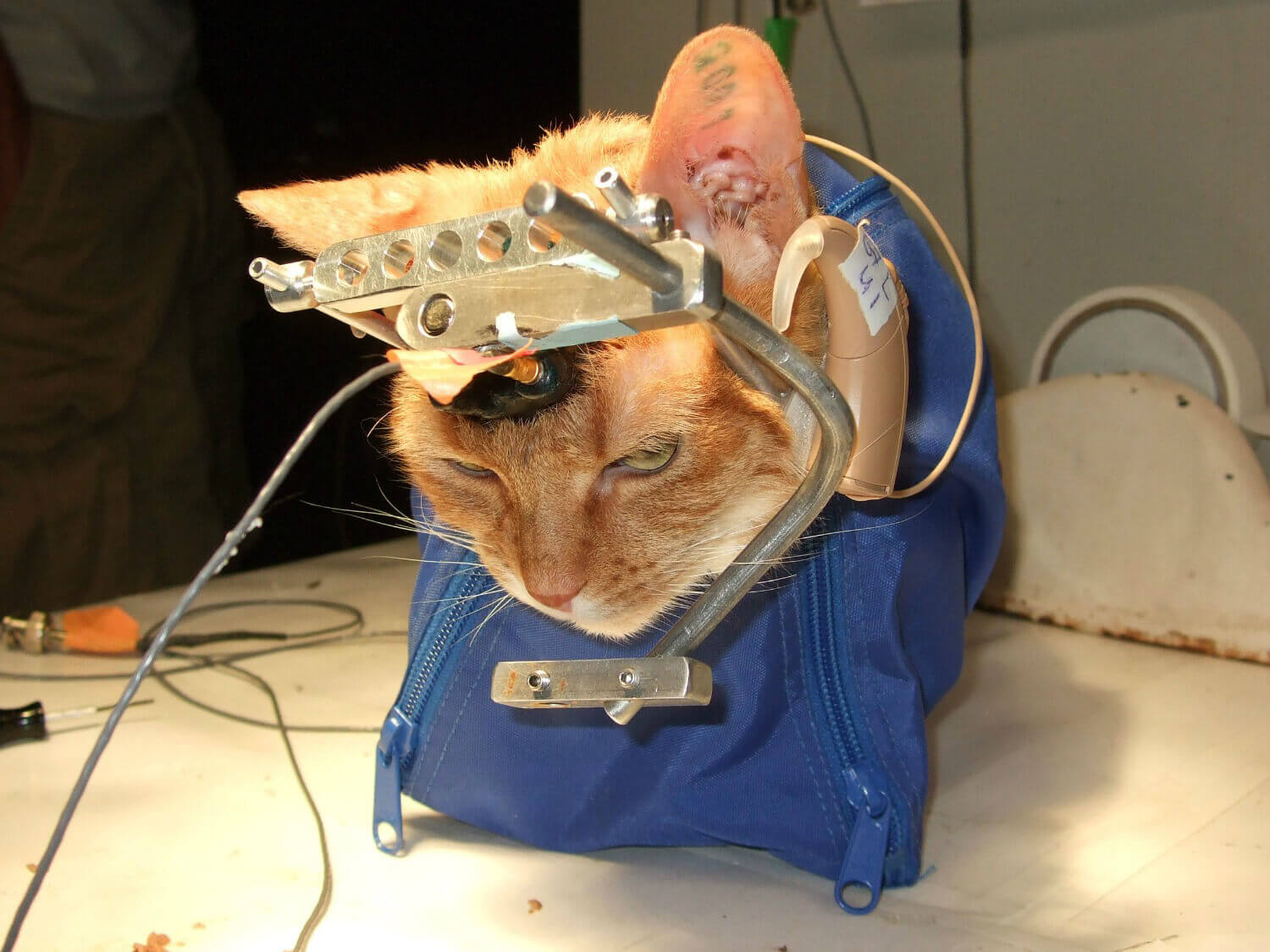
So these experiments do nothing to advance our knowledge or our health. And even if animal experiments did help humans, they still shouldn’t be conducted. There is no moral justification for tormenting and killing sentient beings. As 2020 comes to a close, PETA is dragging the perpetrators of the most appalling displays of speciesism out of the shadows and into the spotlight where they belong.
Here are the seven cruelest animal experimenters of the year:
Donald C. Bolser (University of Florida)
Bolser studies coughing. On his long list of horrific acts of violence toward animals are cutting open cats’ heads and putting dozens of electrodes in their brains, cutting open their backs to expose the spine and fixing it to a device to immobilize them, cutting open their chests to implant electrodes into the muscles involved in coughing, cutting open their throats to place electrodes in the muscles of the vocal cord, and putting chili pepper on it. After these experiments, all the cats are killed.
Elizabeth Buffalo (University of Washington’s Washington National Primate Research Center)
Buffalo opens up the skulls of monkeys, attaches a metal head apparatus to them, destroys part of their brains to cause memory loss, and then deprives them of water so that they’ll be thirsty enough watch a computer screen for up to nine hours per day in exchange for a few drops of juice.
Experiments on animals are largely curiosity-driven, meaning that they don’t aim to advance human health. Others performed under the guise of human benefit exploit animals housed in unnatural, stressful conditions, and the results can’t be accurately extrapolated to human physiology—in fact, many of the diseases “studied” in this way don’t even occur naturally in those species.
Shreesh Mysore (Johns Hopkins University)
Mysore keeps barn owls caged in small plastic boxes. He cuts into their skulls, implants electrodes into their heads, cements a stainless steel bolt to the base of their skulls in order to restrict their head movement, and restrains the fully conscious birds in plastic tubes or tight jackets for up to 12 hours at a time. He clamps their eyes open and bombards them with bursts of noise and light while poking around at neurons in the conscious animals’ brains. He mutilates their brain tissue so severely by moving the electrodes around that the owls become “unusable” to him—at which point he kills them.

Elisabeth Murray (National Institutes of Health)
Murray is the evildoer behind “monkey fright” experiments, in which she cuts open monkeys’ heads, suctions out or burns parts of their brains to inflict permanent brain damage, and then confines them to darkened cages where they’re terrorized with realistic-looking rubber snakes and spiders. When she’s finished tormenting them, she kills them.
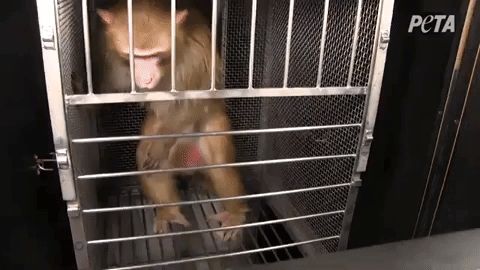
Ned Kalin (University of Wisconsin’s Wisconsin National Primate Research Center)
Kalin put his own spin on Murray’s experiments and terrorizes monkeys with live snakes after burning or suctioning out part of their brains.
Michael Platt (University of Pennsylvania, formerly Duke University)
Platt implanted electrodes into monkeys’ brains, strapped them in a restraint chair for hours, and deprived them of water in order to force them to learn a computer game—all for a pointless study that would supposedly reveal something about the human brain during decision-making. If he really wanted to learn about human decision-making, he’d monitor human volunteers making decisions. He has a history of hideous experiments. While at Duke University, he purposely kept 10 macaque monkeys thirsty–—likely for days—in order to force them to cooperate in an experiment on sex and power in advertising. (Yes, you read that correctly.)
Barbara Shukitt-Hale (U.S. Department of Agriculture and Tufts University)
Shukitt-Hale harms animals to try to make dubious human health claims about fruit and vegetables. In one experiment, she fed rats blueberries, restrained them in plastic tubes, irradiated them to cause brain damage, forced them to perform confusing and stress-inducing memory tasks, and then killed them by cutting off their heads. In another experiment, she fed rats mushrooms and then forced them to perform stressful motor and cognitive tests, such as walking on balance beams and rotating rods and swimming through a water maze. Fourteen of them died or had to be killed early because of excessive weight loss.
*****
Not one of these twisted tormenters has advanced human health, yet they’ve managed to waste millions of taxpayer dollars putting animals through a living hell. Imagine how far we could’ve come by now if we’d used the past few decades and the billions of dollars spent on all animal tests investing in real science. Numerous published studies have shown that animal experimentation wastes resources and lives, as more than 90% of basic science research—most of which involves animal experimentation—fails to lead to treatments for humans. And 95% of new medications that are found to be effective in animals fail in human clinical trials.
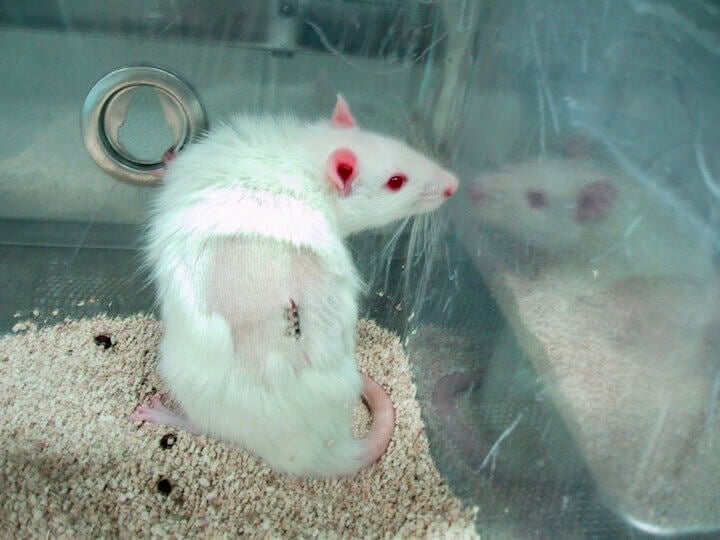
Animal experimenters purposely and deliberately hurt sentient beings who scream, cry, convulse, and writhe. They sacrifice the animals’ freedom, joy, relationships, and lives, apparently without a second thought, all for the chance to publish a paper in a medical or scientific journal that won’t help anyone.
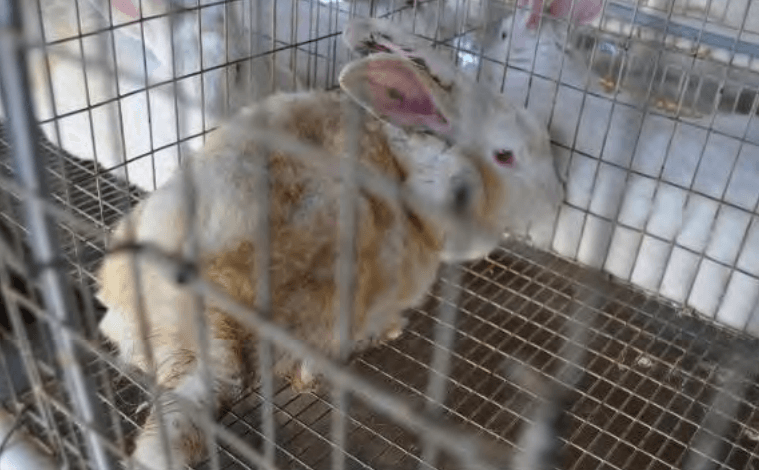
If these experimenters took into account animals’ ability to suffer and desire to live, the sadistic nature of their profession would become apparent to them—but instead, they’re blinded by speciesism. If you care about animals, please use your human privilege to speak up for those suffering in laboratories:



